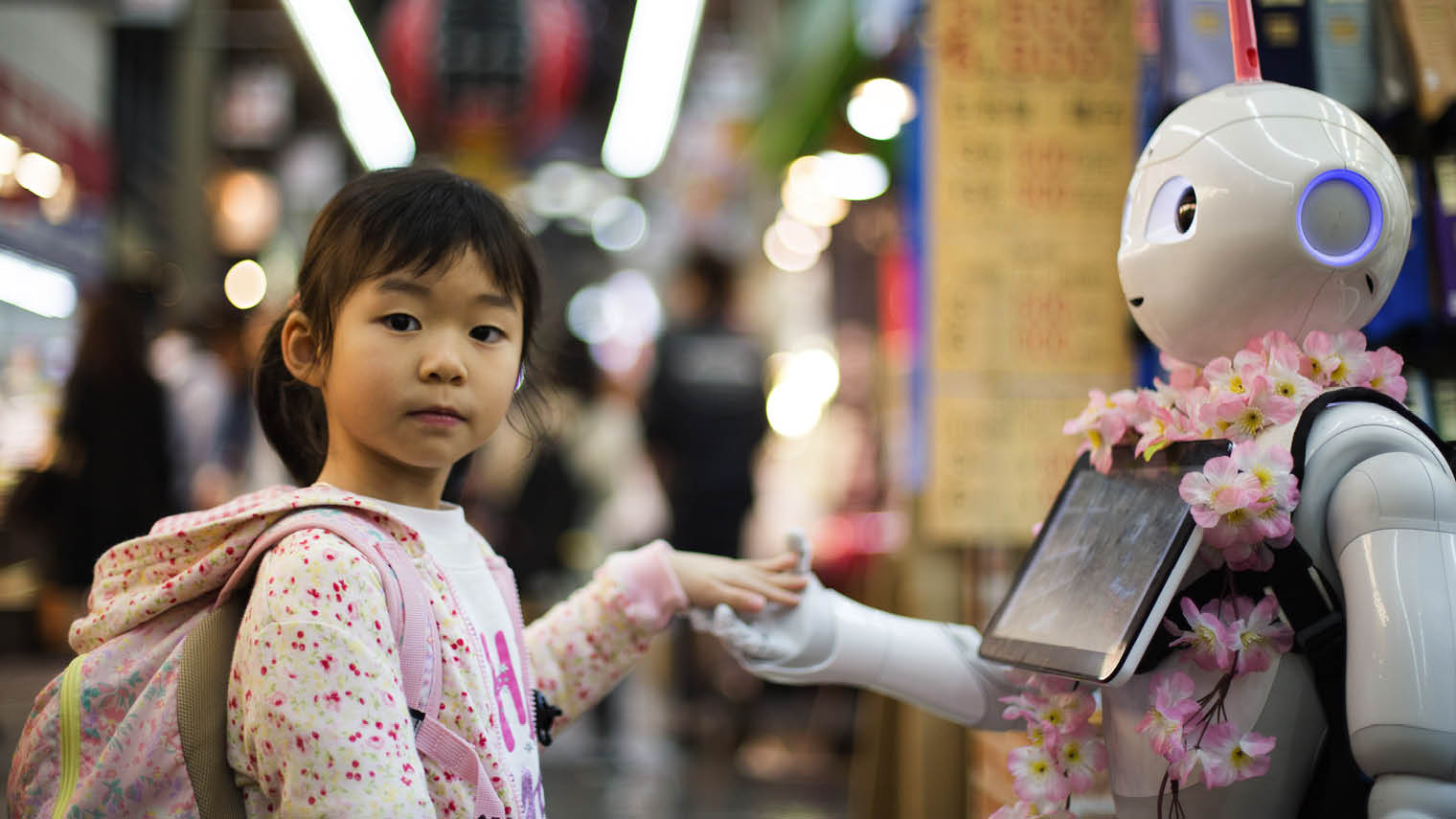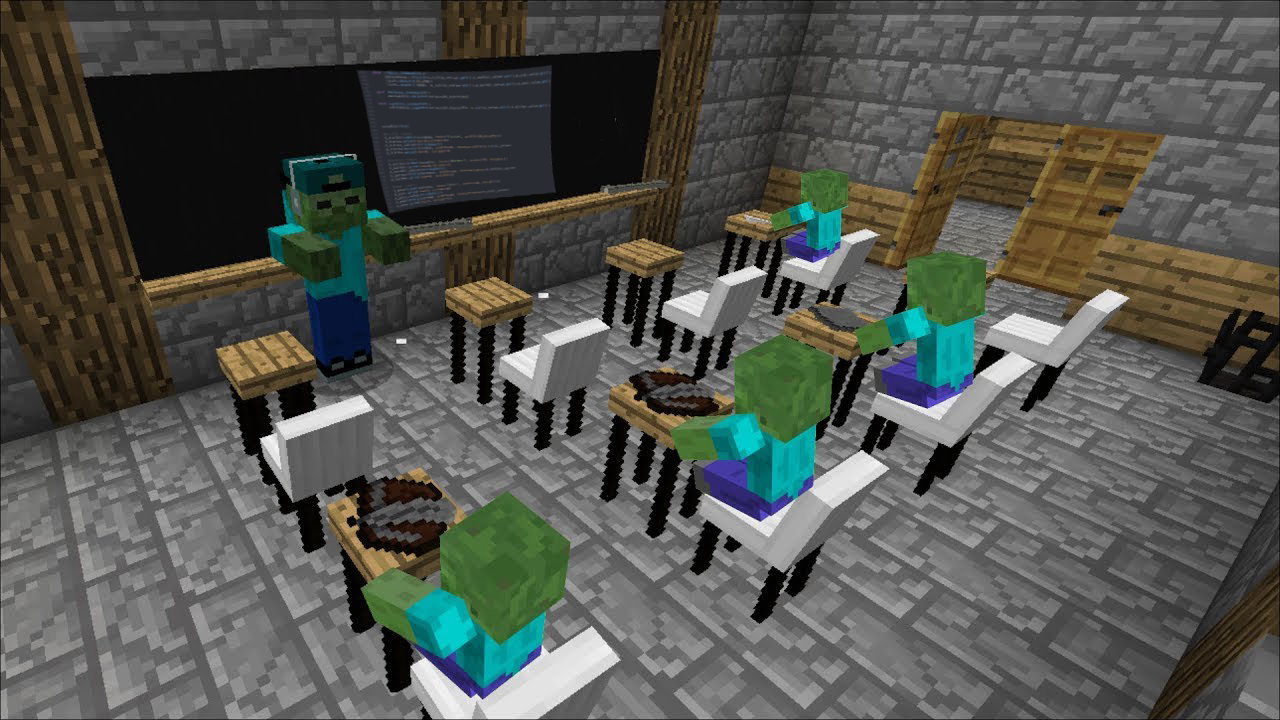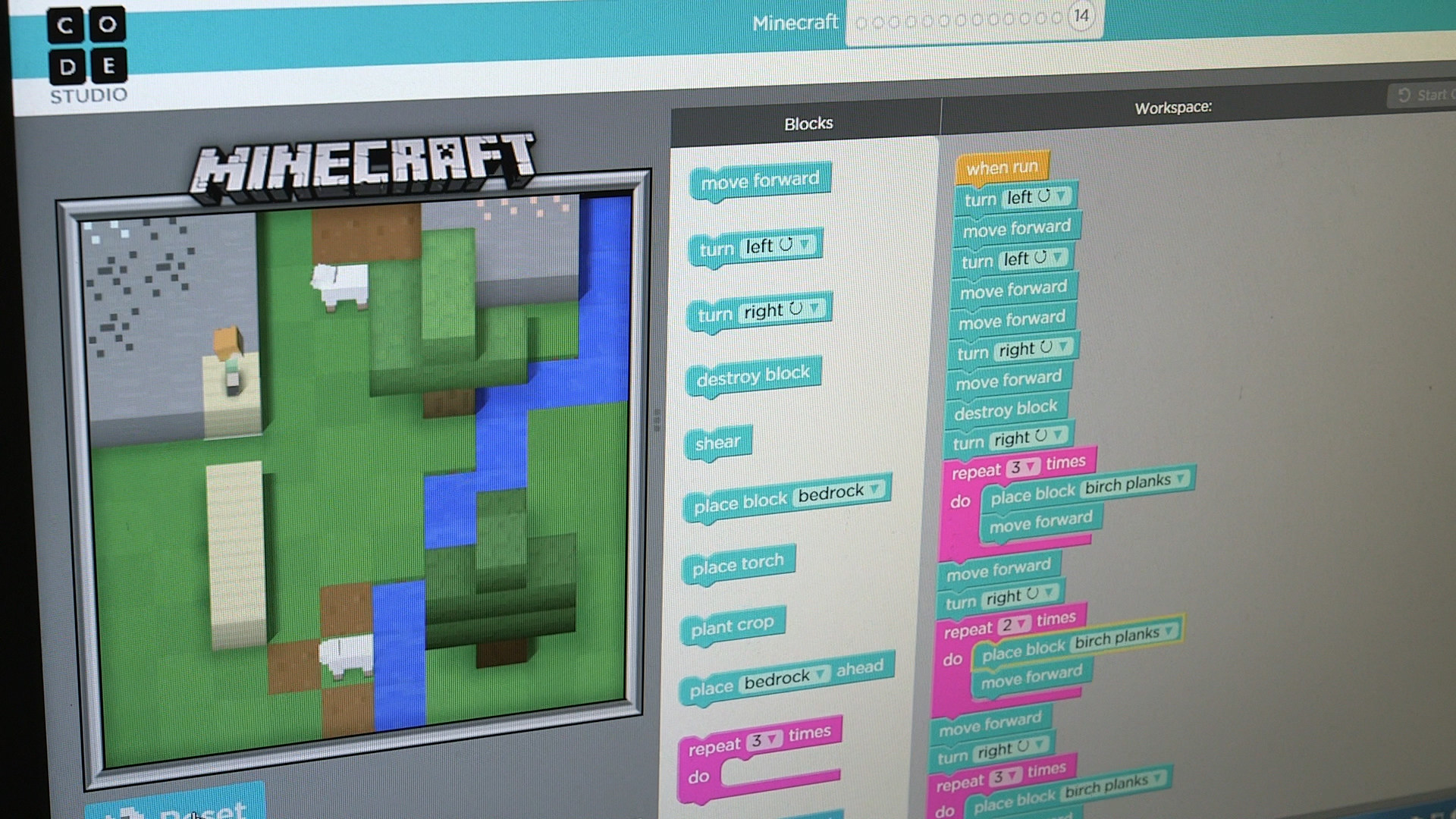In every school, there has always been some form of grading. Grades are not always expressed in numbers, but they’re present in one form or another. Assessing a student’s performance is important for both students and teachers. For students, it provides insight into their progress, and for teachers, it serves as feedback on the effectiveness of their teaching. In addition to grades that describe and assess progress and behavior, there are also commendations and reprimands serving similar functions. However, thanks to the development of AI, new problems have been created, especially for teachers. Especially that students can use AI tools and do their homework without any work or preparation. This issue is getting more problematic and we should address this problem in its early stage.
Grading, however, is fraught with challenges. What does each grade represent? Are grades fair? Can grades be compared across different schools? Do they positively or negatively impact student motivation? When a student receives a good grade, it serves as positive reinforcement, acknowledging their hard work and dedication. However, a positive grade can also be misleading if a teacher grades too leniently or strictly. Conversely, if a student receives a negative grade perceived as unfair, it can lead to a lack of motivation to learn. Yet, if a student receives a negative grade and recognizes a need for improvement, it can be a catalyst for increased effort. Moreover, though, it doesn’t make any sense to grade a work that isn’t made by students. It isn’t fair to compare work that is made by AI with work that is made by humans. Students that do their tasks alone put much more effort into them, but the end result is the most important for tutors. After all, students have to prepare themselves for future work, where individual productivity plays an important role.
Grades are often abstract, providing only rough guidance on areas for improvement. A comprehensive verbal or written explanation accompanying the grade is essential. Students need to know precisely where their strengths and weaknesses lie. On the downside, grading within a group can escalate pressure and foster competition among students. Constant comparison can lead to physical and emotional strain, causing a student to despise school. When something is made by AI, it’s impossible to understand the level and the development of students, also students don’t ascertain the intended knowledge and skills which are the aims of education.
Students should be assessed based on their individual progress. Gifted students may achieve good results effortlessly, garnering attention from teachers who may be more lenient even in the face of poorer performance. On the other hand, less gifted individuals who make significant progress through hard work may not receive the recognition they deserve, impacting their motivation negatively.
It is crucial to acknowledge that students develop at different rates. Demotivating them with grades may lead to a moment of psychological distress, causing them to stop learning out of defiance. A positive reinforcement can foster a cooperative atmosphere within the group, where students help each other. However, some classes suffer from a relentless competitive environment, where grades and reprimands serve to degrade others.
Just as in life, everything has positives and negatives. Grades and other reinforcements can have a positive impact on students, but they can also lead to failure or foster the wrong motivation. With the introduction of AI, student motivation, an age-old issue, is now a hot topic and maybe thanks to this technology, we have been forced to and should think about new methods to increase students’ motivation.
Unfortunately AI tools like Chatgpt can lead to cheating. With no reliable tools for checking if the work wasn’t written by AI, teachers should rethink the structure of their courses. Some solutions could involve written tasks on paper during classes or making presentations, when the ability of a student’s present knowledge would be very important. Moreover, students should be taught how to work with AI tools effectively. Students should be graded on their use of modern problem solving tools and methods. And perhaps special attention should be given to hand-written tasks where students can express their individual thoughts. The roles of teachers are getting more important due to these issues, teachers’ responsibility for students’ education is greater now, this job currently can’t be replaced and I don’t think it will happen in the near future.
To conclude, though AI tools present new challenges, especially in the realm of academic integrity, it has also fast tracked our need to address the question of student motivation, as our traditional grading system, though important in gauging students’ development, is perhaps not ideal. It will give rise to innovative approaches to teaching and assessment.
On the other hand, we need solutions to stop AI based cheating, one could involve incorporating more regular in-class assessments, such as written tasks or presentations, where students’ immediate understanding and application of knowledge become crucial. It would also provide a good assessment of their development over time. These methods would encourage individual learning and give more accurate readings of a students ability, perhaps improving the grading system, which is too reliant on high pressure test environments and computer based courseworks (which are far too open for AI influence).
Moreover, it’s essential to integrate education about AI tools into the curriculum. Giving students knowledge of how to responsibly use and navigate AI can empower them, improve our overall use of the tool itself and reduce the temptation to use AI for academic dishonesty.
The traditional grading system needs to evolve to incorporate modern tools and methods. This might involve a more holistic evaluation that is less focused on tests and essays but more on the process, effort, and critical thinking demonstrated by the students over time. This approach emphasizes the importance of genuine effort and understanding and will mitigate the risk of unfair comparisons between work produced by AI and that done by individuals.
Educators and institutions should stay proactive in addressing the potential negative impacts of AI on education. Through creating environments that encourage collaboration, critical thinking, and responsible use of technology, we can navigate the challenges posed by AI tools, harness this tool in a positive way for students and ensure that education remains an empowering and genuine experience for all students.
Technology has a huge impact on our lives and we have to learn how to deal with it. There are many threats, but in my opinion there are more advantages. In order to avoid these threats we should rethink our current system and conform with technology. The use of tech increases our productivity allowing us to stay focused on tasks that can’t be made by computers or algorithms.
https://www.axios.com/2020/08/19/england-exams-algorithm-grading





